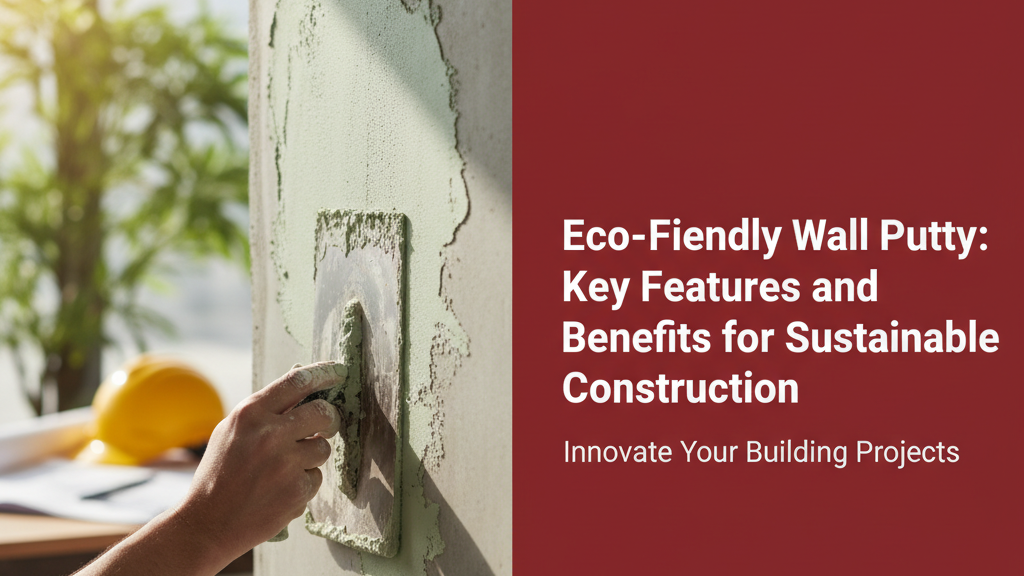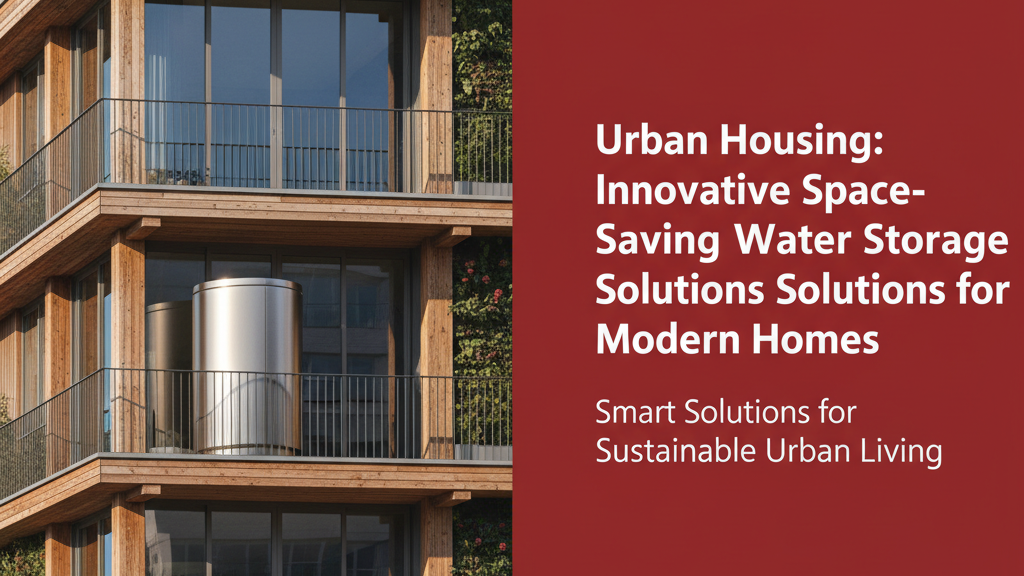What Is Eco-Friendly Wall Putty?
Eco-friendly wall putty is a sustainable alternative to conventional wall fillers, designed to minimise environmental impact without compromising performance. Unlike traditional putties that may contain volatile organic compounds (VOCs) or synthetic additives, green variants use natural binders, recycled materials, and low-emission formulations.
Key Features of Environmentally Friendly Wall Putty
Modern sustainable putties distinguish themselves through responsible sourcing and production methods:
Non-Toxic and VOC-Free Composition
Quality eco-putties eliminate harmful components:
- Zero VOCs: Unlike solvent-based putties that release fumes during application
- Heavy metal-free: Avoids lead, mercury, or chromium additives
- Low dust generation: Reduces airborne particulate matter during sanding
Low Carbon Footprint Production
Manufacturers adopt energy-efficient processes such as:
- Alternative fuel use in kilns
- Solar-powered drying systems
- Closed-loop water recycling
Sustainable Raw Material Sourcing
Common responsible ingredients include:
- Post-industrial minerals: Utilising marble/granite processing by-products
- Organic polymers: Plant-based binders replacing synthetic resins
- Local procurement: Reducing transport-related emissions
Benefits of Using Green Wall Putty
Improved Indoor Air Quality
Non-emitting formulations maintain healthier interiors:
- Safe for homes with children, elderly, or allergy sufferers
- No lingering odours after application
- Reduces potential for Sick Building Syndrome
Reduced Environmental Impact
From production to disposal:
- Lower embodied energy: Typically 30-40% less than conventional putties
- Biodegradable waste: Doesn’t persist in landfills
- Water conservation: Most variants require less mixing water
Durability and Performance
Contrary to misconceptions, eco-putties deliver:
- Crack resistance: Natural elastomers accommodate minor structural movement
- Moisture regulation: Microporous structure prevents blistering in humid climates
- Paint adhesion: Alkali-balanced formulations prevent paint peeling
How to Choose the Right Eco-Friendly Putty
Consider these technical and practical factors:
| Parameter | What to Verify |
|---|---|
| Certifications | Look for GREENGUARD Gold, Cradle to Cradle, or Indian Green Building Council labels |
| Application Suitability | Check compatibility with your wall surface (concrete, brick, cement boards) |
| Drying Time | Essential for project scheduling – ranges between 4-24 hours |
| Shelf Life | Unopened containers typically last 12-18 months |
For Indian conditions, prioritise putties with explicit monsoon-resistance claims – the best performers incorporate hydrophobic additives derived from vegetable oils.
Frequently Asked Questions
Is eco-friendly putty more expensive than regular putty?
The initial cost may be 10-15% higher, but lifecycle costs often balance out due to reduced waste and better coverage rates.
Can green putty withstand India’s monsoon seasons?
Quality formulations with mineral-based water repellents perform comparably to conventional putties when properly applied.
How do I dispose of leftover eco-putty?
Most types can safely be mixed with soil (check manufacturer guidelines). Avoid dumping in water bodies regardless of eco-claims.



